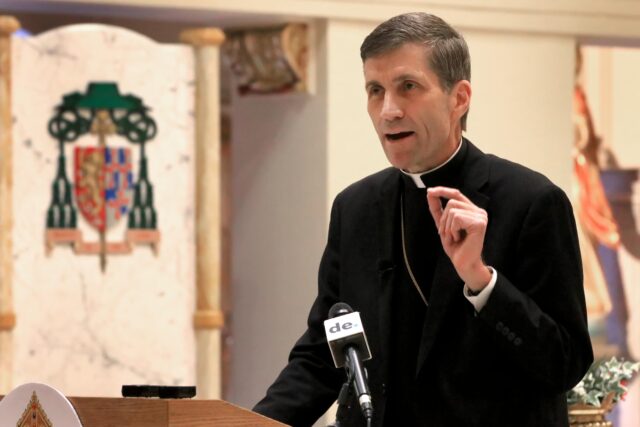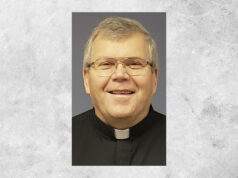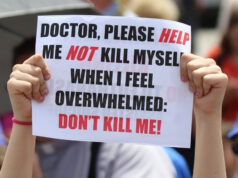William E. Koenig, the soon-to-be 10th bishop of the Diocese of Wilmington, sat down for a question-and-answer session with Joseph P. Owens, editor of The Dialog. The full Q&A appears in “Welcome Our Shepherd” the 72-page special section included with the July 16 edition of The Dialog. An excerpt of that conversation is below.
Q: We are — all across the globe — hopefully, coming off of an unprecedented time when churches were closed, restrictions were many and illness and death fell upon a large number of people. It seems that continuing to keep people safe while attracting them back to church is “Job One” for all of us. Is it fair to say that is a top priority in the Diocese of Wilmington? And what are the best methods to help people make the decision to return to Mass each Sunday?
A: I think certainly there’s a hunger that people have. The pandemic in many ways forced people to step back and reassess things. There wasn’t as much frenetic activity that we — myself included — can sometimes get involved with. By stepping back we say ‘OK, what’s important? what are the priorities in my life?’
So I think to get people back, that’s one of the steps. Just to say, ‘OK, this is one of the ways we can meet that hunger for God.’ St. Augustine would say ‘Our hearts are restless until they rest in thee.’ Sometimes we think we can fill those hungers with fleeting things, but really it’s God. To try to help people realize this is where that hunger can be fed.
The second thing is just to help people be connected. I think that’s the other thing that the pandemic did. People were disconnected from one another. In coming together as a community of faith, we’re also a community. It’s not just vertical with God feeding that hunger, but it’s also horizontal where we are with one another. Certainly, praying is the highest way we come together as a community, but to continue to explore ways, whether it’s prayer groups, support groups, working as a team for religious education … those ways help us come together, too.









